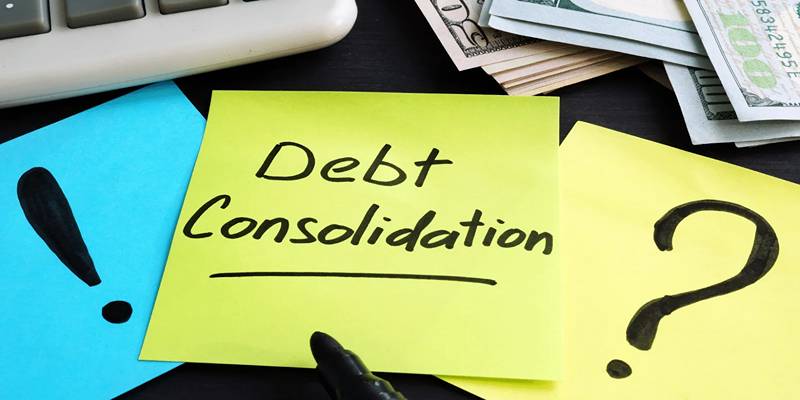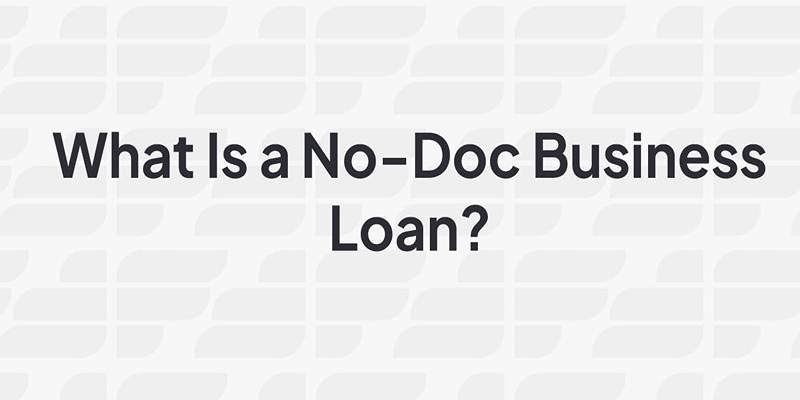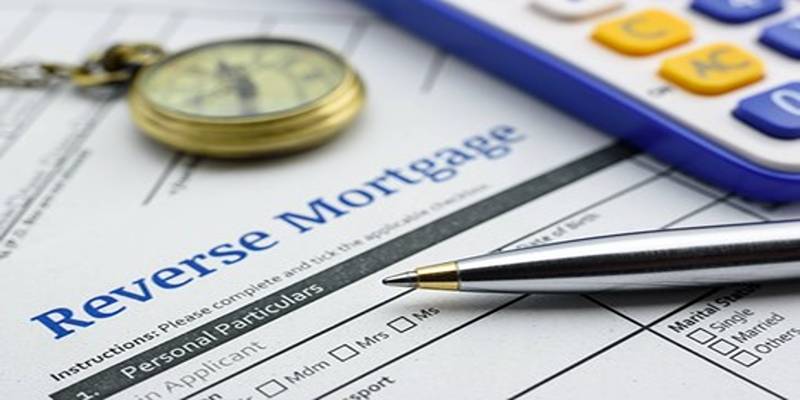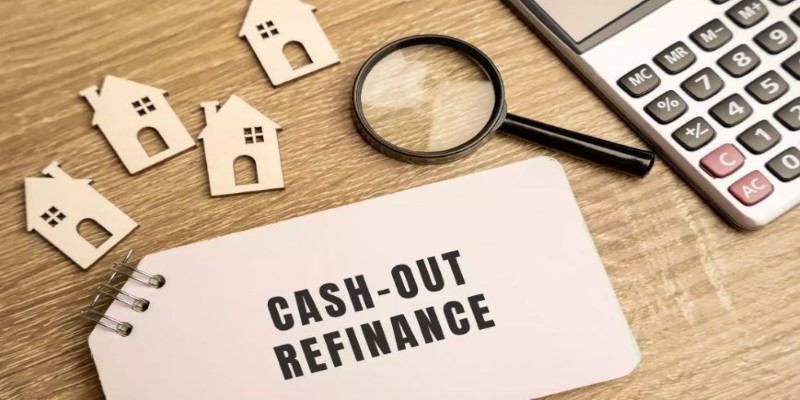Creating a budget is an important step toward achieving financial stability. It helps you manage your expenses, avoid unnecessary debt, and stay on track toward your long-term goals. However, even the most carefully planned budget can be thrown off by unexpected expenses or minor overspending. Life is unpredictable, and strict budgets don’t always leave room for those little surprises.
That’s where a budget buffer comes in. A budget buffer acts as a small cushion within your budget, designed to absorb occasional overspending without derailing your financial plan. It’s not the same as an emergency fund—it’s a smaller, more flexible reserve you can dip into when everyday costs come in higher than expected. Let’s walk through exactly how to build a reliable budget buffer, step by step.
Step 1: Examine Your Current Budget
Before setting up a buffer, it's important to understand where your money is going now. Reviewing your budget gives you insight into whether you're consistently overspending in certain areas or if your current plan leaves no room for adjustment.
Take time to revisit each spending category and evaluate if the targets you've set are realistic. It might be necessary to shift money from less essential categories, like entertainment or shopping, into categories where you regularly overspend, such as groceries or utilities.
At the same time, reflect on the budgeting method you're using. Maybe you follow a 50/30/20 rule, a zero-based budget, or even an envelope system. If your method feels too rigid or too loose, now is a good opportunity to explore different budgeting styles or apps to find a better fit for your current lifestyle and financial goals.
Step 2: Set a Goal Amount

Once you have a clearer picture of your budget, the next step is to decide how much money you want in your budget buffer. The ideal buffer size varies depending on your spending habits, financial flexibility, and personal comfort level. Some people find $100 to $200 sufficient for covering occasional overspending, while others prefer a larger cushion, such as $500 or even $1,000.
Unlike an emergency fund designed to handle major financial crises, your buffer only needs to be large enough to absorb small, irregular expenses. After hitting your target, you can redirect the same monthly savings habit toward other financial goals, whether that's paying down debt, funding a vacation, or saving for a future investment.
Step 3: Open a High-Yield Savings Account
To keep your budget buffer separate from everyday spending, it’s wise to place it in a high-yield savings account. This setup not only helps you resist the temptation to dip into the funds unnecessarily but also allows your money to earn a bit of interest over time.
Keeping your buffer separate from your emergency fund is important as well. Each fund serves a different purpose: the emergency fund is a lifeline during major crises, while the budget buffer handles minor day-to-day fluctuations. Clear separation ensures that neither fund is compromised.
Step 4: Free Up Funds
If you’re currently stretching every dollar or even spending more than you earn, creating space for your budget buffer will require some adjustments. Cutting back on non-essential expenses can help. Reducing dining out, limiting entertainment costs, or planning lower-cost grocery trips are practical ways to find extra money.
Alternatively, increasing your income can also help fund your buffer. Whether it’s requesting additional hours at work, picking up a side hustle, or finding creative ways to make money from home, any additional earnings can accelerate your buffer-building efforts. Even small amounts add up over time when consistently directed toward savings.
Step 5: Set Up Automatic Transfers
One of the easiest ways to ensure consistent progress is to automate your savings. Setting up an automatic transfer to your high-yield savings account after each paycheck removes the temptation to spend the money elsewhere. Even modest amounts, like $20 per pay period, can add up quickly without much noticeable impact on your daily lifestyle. Automation makes saving effortless and helps turn buffer-building into a reliable habit.
Step 6: Don't Dip Into Your Funds

Although your budget buffer is designed to cushion small, unexpected spending missteps, it’s important to treat it with strong discipline. Resist the temptation to view the buffer as extra, free-to-spend money for everyday wants or spontaneous purchases. If you start treating it like disposable income, the funds will quickly vanish, and the buffer will not be available when you genuinely need it.
Establish clear personal guidelines about when it is appropriate to access your buffer. For instance, using it when you unexpectedly exceed your grocery or transportation budget is reasonable. However, using it to fund an impulsive shopping spree or a night out would defeat its purpose. By setting specific rules for yourself and sticking to them, you’ll protect the integrity of your buffer and ensure it remains a reliable safety net.
Step 7: Replenish Your Buffer
Occasionally, you may need to dip into your budget buffer, and that’s completely normal. When it happens, make it a priority to replenish the funds as soon as possible. Adjust your spending in the following pay periods by tightening non-essential expenses or temporarily adopting a no-spend challenge for a weekend or two.
Small sacrifices now—like skipping takeout meals or unnecessary shopping—can help restore your buffer quickly. Consistently rebuilding your buffer after using it ensures you always have a solid cushion ready for future unexpected expenses, helping you stay financially resilient over time.
Conclusion
A budget buffer can be the difference between staying on track and spiraling into debt after minor financial surprises. It creates room for flexibility, which is essential for maintaining motivation and success with long-term budgeting. While it’s not a replacement for an emergency fund or other savings goals, it plays a critical supporting role in a well-rounded financial plan.
By examining your budget, setting a realistic goal, automating contributions, and maintaining discipline, you can create a buffer that gives you peace of mind and financial resilience. Remember, building financial security isn't about being perfect—it's about having smart systems in place that help you manage the unexpected with confidence.












